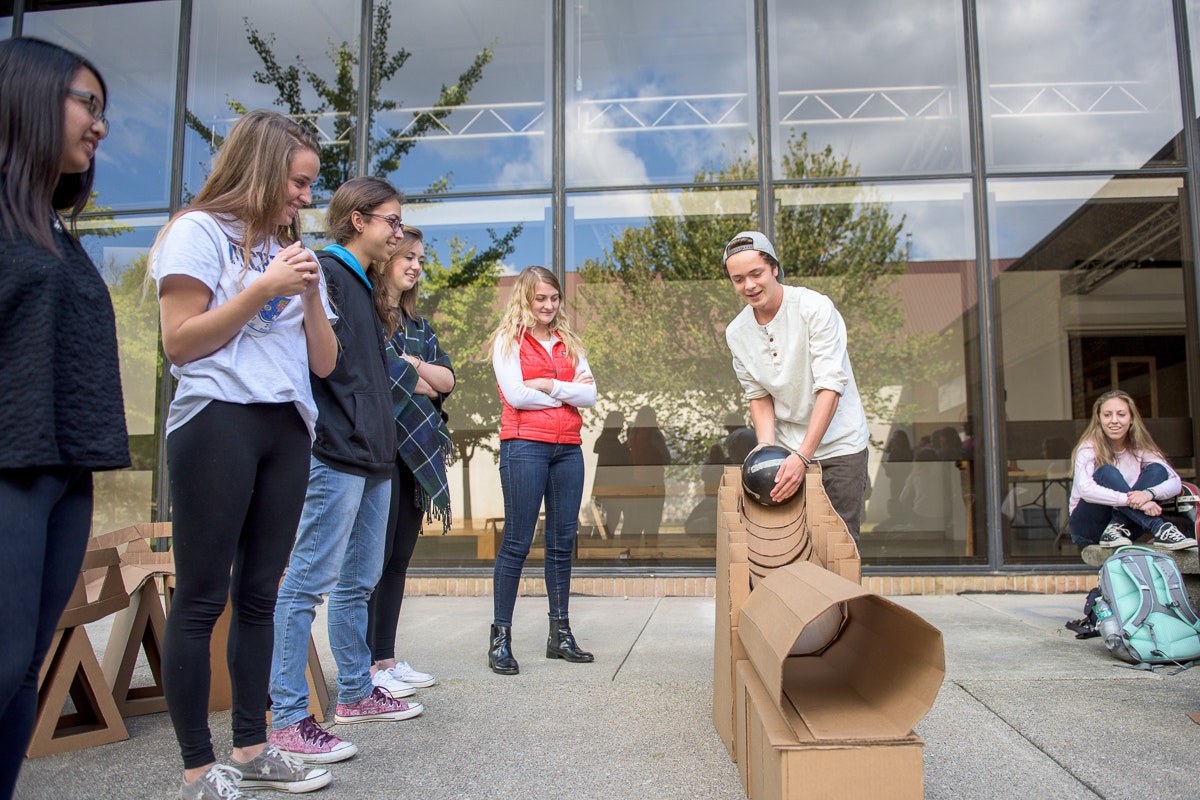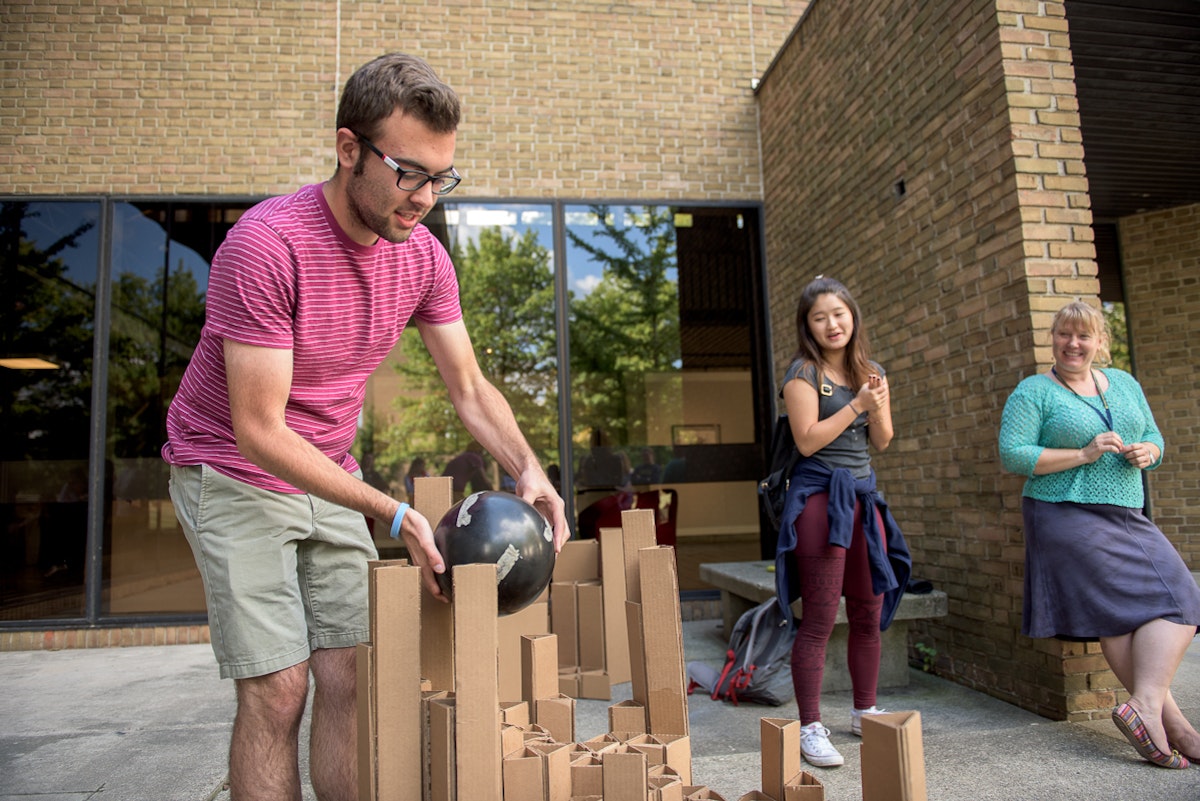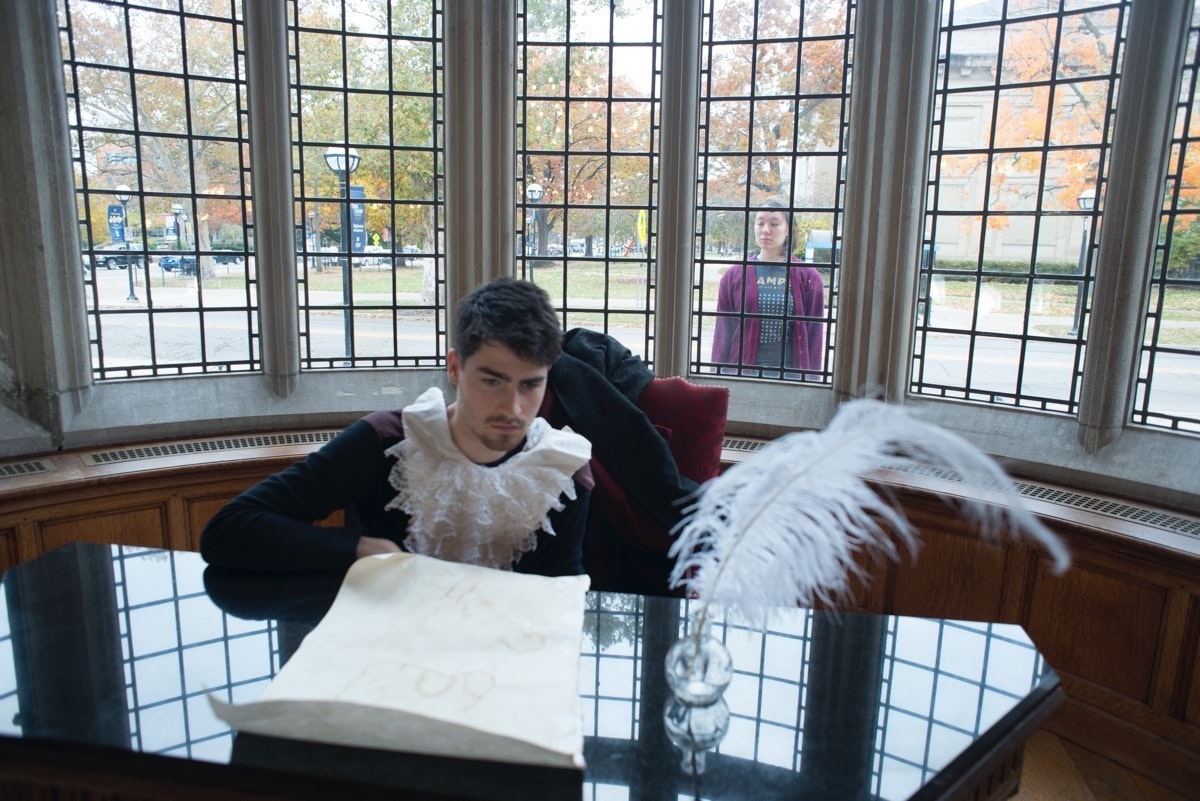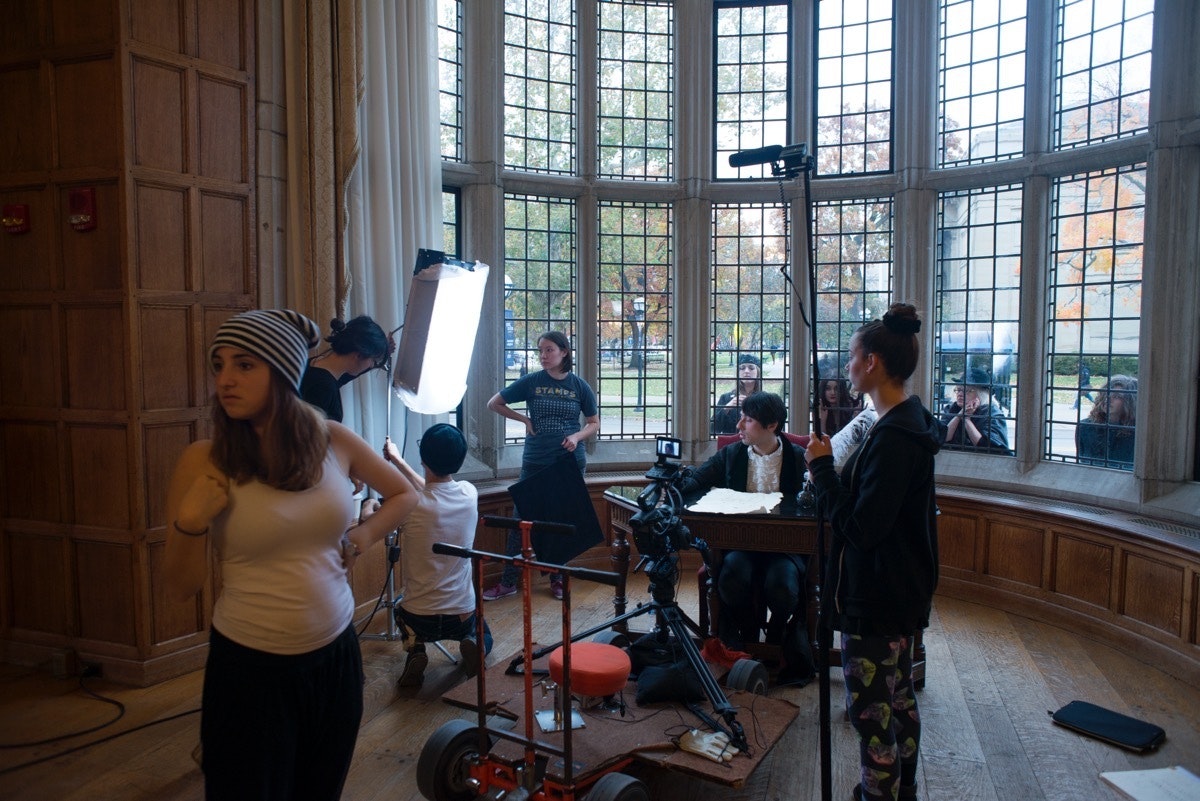Interrogating “Collaboration”
Like a favorite sweater that's lost its shape, there are some words in the English language that are so well-worn they've lost their meaning.
Non-profits are looking to “engage” their communities. No strategy is complete without “impact.” The arts, medicine, social work, and public broadcasting all encourage you to embrace their “transformative power.” Finally, and perhaps most pervasively, we're all harmoniously, eagerly, unilaterally committed to “collaboration.” The creative sector is just as apt to use the word as the business sector, applying it to describe anything accomplished with two or more people. Collaboration is often used as a silver-bullet term, a cure for complex problems; as the old adage goes “two heads are better than one.” But like all buzzwords, what “collaboration” actually means varies wildly in practice.
While we all understand that collaboration entails a group coming together to do a task and achieve a common goal, the applied practice of “collaboration” is not universal. Some collaboration is highly delegated, while other forms have consensus at the crux of every effort. The Surrealist game Exquisite Corpse requires participants to co-create on the vision itself in a very hands-on and literal way, with each individual assigned equal real-estate on a shared drawing; the Dada movement was founded on artists working together to create new world concepts, articulations of a world that didn't yet exist. In both instances, artists contributed their individual talents to a larger co-created idea.
In the contemporary design world, vision is co-created to varying degrees but is oftentimes more hierarchical due to foundations in client need. Yet, like their artist counterparts, collaboration in the design realm is typically achieved when autonomously functioning experts work towards a shared goal.
In discussing his collaborative practices with Jessica Walsh, designer Stefan Sagmeister acknowledged the real challenge of collaboration: our differences. “What's been shown so far is that [collaborating] is very productive, because we ultimately have our interests in very similar trajectories, specifically in the personal, the human, but have very different ways to go about it simply because we are such different people.”
Like Sagmeister and Walsh, Stamps students are learning how to turn their differences into critical elements of their team project successes. In September 2015, Stamps Lecturer Katie Rubin's 3-D class underwent a design challenge that's become a Stamps right-of-passage: The Bowling Ball Test. Using only corrugated cardboard and Elmer's glue, students worked in teams of two to create a 5-foot track designed to successfully suspend a 10-pound bowling ball.

On test day, students gathered on the east lawn of the Art & Architecture building to demo their track for the class in the warm autumn sunshine. As students arrived with their structures, the green space filled with excitement and the smell of freshly dried glue.
“The objective of the Bowling Ball Test is as much about learning how to work productively in a collaborative environment as it is about experimenting to create a product that achieves fluid form, function, and aesthetics,” said Rubin. “For some teams, the biggest challenge is scheduling time to work on the assignment outside of class. For others, delegation is the hardest part. Collaboration isn't easy; there are logistical challenges specific to each team.”
“Good teamwork involves good communication — and that only comes with practice.”

With a track composed of cardboard fashioned into vertical pillars, Tarik Dobbs (BFA '19) and Tiffany Teng (BFA '19) stepped up to demo first. With bated breath, Tarik gingerly placed the shining black ball at the track's summit and let her rip. Neither he nor Tiffany moved a muscle as the ball traveled down the track, guided along a gentle, calculated decline by strategically placed braces. As the ball reached the end of the track with a dull thud, Tarik and Tiffany flashed one another huge smiles and a double-thumbs up while the entire class broke into applause. Mission accomplished.
Down the hall, students in Joseph Keckler's course were collaborating around a very different medium: music videos. Straddling the worlds of art, music, and performance, Joseph Keckler has garnered critical acclaim for his powerful 3+ octave voice and sharp wit. A Stamps alum (BFA '04), Keckler returned to the school in the 15/16 academic year as the Roman J. Witt Artist in Residence. As part of the residency, Keckler is co-teaching a class entitled Let Me Die, a reference to his December 2015 work-in-progress performance of the same name, which will preview at MOCAD as part of the Penny Stamps Speaker Series. A substantive portion of the Let Me Die classwork revolves around co-creating a music video with Keckler for his song “Strangers from the Internet.” This video will be shown at MOCAD as an interstitial during the Let Me Die performance.
Shot in the austere Main Lounge of the U-M Lawyers Club, Strangers from the Internet is an operatic imagining of what would happen if the random people we correspond with on message boards and social media — played by community members and Stamps students — suddenly showed up en masse, in-person at our front door. “Strangers was directly inspired by the final act of Mozart's Don Giovanni, when Giovanni invites the statue of Commendatore over for dinner and the statue arrives and drags him off to hell,” said Keckler. This ridiculous reckoning is ripe with Keckler's trademark absurdist humor and blends the music of baroque opera with the form of a contemporary music video. Deepening the Stamps connection, Strangers from the Internet is an adapted segment from Keckler's I Am an Opera, presented at the Michigan Theater by the Penny Stamps Speaker Series in 2013.

“Before the Strangers shoot, I had students do some work around what they thought these characters would look like,” said Keckler. “What would we be afraid of in this situation? What would their motivations be?”
While the creative parameters of the project were tied to Keckler's existing song, students had the rare opportunity of co-creating a vision with a professional working artist for the music video.
“I've done other residencies, but not quite like this,” Keckler stated. “Typically, residencies have been more solitary. This is much more participatory.”
“It's a privilege to have students to work with.”
While delegation happened during video pre-production along lines of expertise (those with video editing experience were tasked with video editing, those with costume design experience were tasked with costuming), the all-hands-on-deck needs of a video shoot required many students to get outside of their comfort zone, learn on the job, and address needs as they arose.

“I've never collaborated with a working artist before,” said Marisa Diamond (BFA '17). “The experience has been really interesting. So often artists work in isolation, but this music video was really all ideas coming together. On shoot days, we're all required to come and help in whatever way possible. It makes me want to do more work like this.”
“Joseph is really open, more so than any other artist in residence I've ever worked with,” said Niki Williams (BFA '16). “For the videos we're making together, I'm applying my knowledge and also learning new things about lighting, equipment, and trouble-shooting just by watching Joseph's cinematographic partner Laura Terruso work alongside us. It's also cool working with artists in residence because they're artists in the world. You can pick up what their life is like. You're able to see a working model of how your own life might be post-graduation, and making professional connections along the way.”
While we may never be able to get consensus around what the word “collaboration” means in hard terms, perhaps that's a good thing. For those who are truly invested in the idea that “two heads are better than one,” it will likely always mean something different depending on the context. Stamps students are making incredible strides in discovering what the word means to them, in real terms, on real projects. For Stampers, collaboration isn't just another buzzword; it's a skill.
Story by Truly Render. Photos: Andrew Cohen (1 - 2), Nicholas Williams (3 - 4).